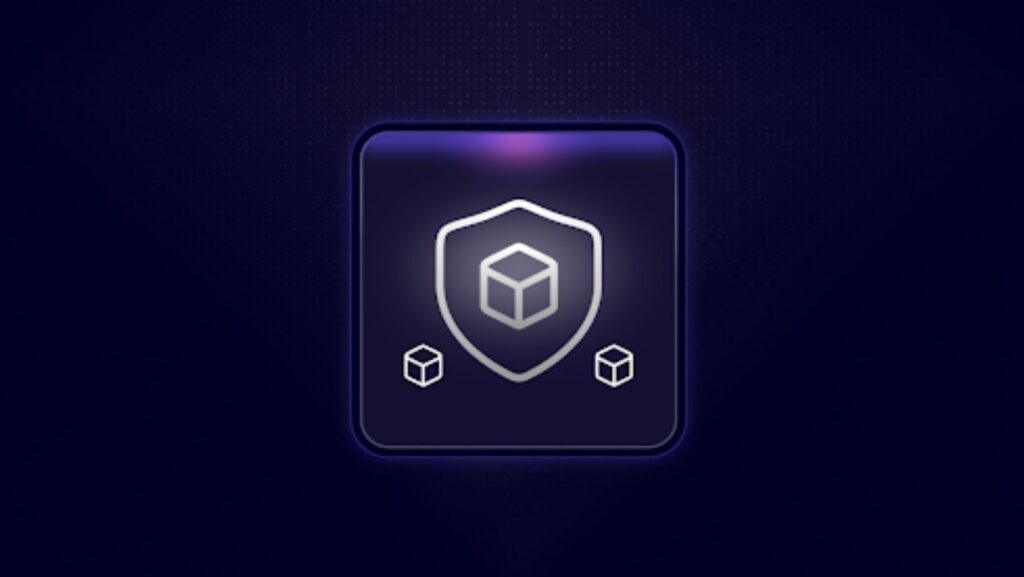Ask five teams how they measure the impact of their container security tools and you’ll get five answers. Most focus on activity—images scanned, CVEs found—rather than outcomes: risk reduced and time saved. This framework flips the script so you can defend investment with numbers that matter.
Outcome 1: Risk reduction you can see. Track the blast radius of base-image CVEs and how quickly it shrinks after a fix is available. Measure exposure window (disclosure to first fixed build), propagation time (fixed base image to 80% of services rebuilt), and residual risk (running workloads still on vulnerable tags after SLA).
Outcome 2: Speed at the right moments. Security that slows delivery indiscriminately creates bypasses. Measure latency added by scanning at each stage and set budgets: seconds for PR hints, minutes for build scans, near-zero at deploy. Track percent of builds within budget and correlate spikes with ruleset updates or outages.

Outcome 3: Signal quality. Precision beats volume. Sample high-severity findings for validation each sprint. Pair with reachability signals—process execution, network egress, file access—to downgrade non-executable packages. Your goal is a precision score that trends up as rules and allowlists stabilize.
Outcome 4: Ownership clarity. Findings that don’t land on the right team rot. Measure auto-assignment accuracy; if it’s low, wire scans to your service catalog and CODEOWNERS to fix mapping, not humans.
Outcome 5: Cost to clean. Count work, not just alerts. Aggregate remediation effort by category—base-image updates vs. app patches vs. configuration fixes. If teams spend disproportionate time slimming Dockerfiles, that’s a platform opportunity for smaller golden images.
Operationalize it: Instrument the pipeline (pull, build, sign, push, deploy) with metadata—service, owner, base image, SBOM digest—so timelines are reconstructable. Store SBOMs with artifacts and index by digest. For guardrails, align to CNCF supply chain practices and the NIST SSDF.
Why this works: These measures reward discipline—standard base images, small immutable artifacts, signed builds, and fast rebuilds. They also give executives a narrative rooted in risk and time, not tool vanity. If your container security tools help teams move faster with fewer surprises, the trend lines will argue for their budget without slides.
For context on tool choice and trade-offs, see Aikido’s overview of container security tools.



